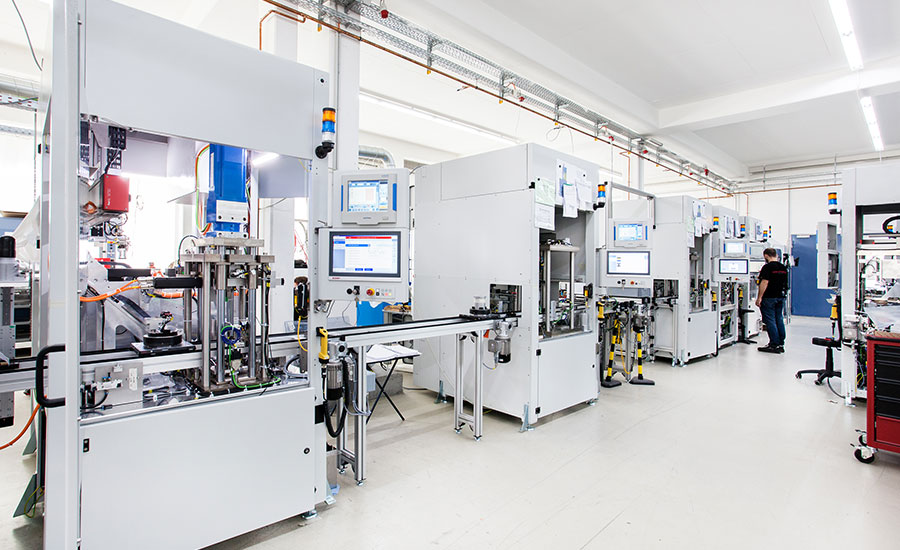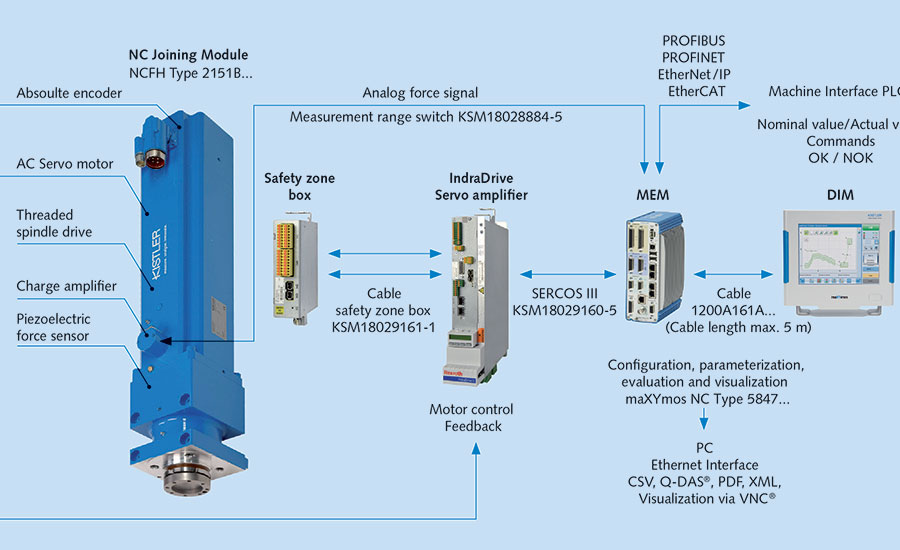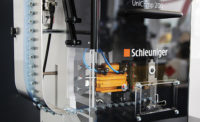Manufacturers in many industries, including automotive, medical devices and electronics, have benefited from automating mass production and the corresponding gains in efficiency. At the same time, however, sustainability is increasingly becoming a priority. Consumers, OEMs and politicians alike are calling for more sustainable production processes throughout the value chain, and a product’s ecological footprint is becoming an important consideration for buyers.
Fortunately, there are plenty of opportunities to save energy and decrease the carbon footprint of manufacturing. Presses are one example. These machines are used in numerous processes, including press-fitting, riveting, staking, swaging, crimping, punching, clipping, embossing and spring testing.
Choosing the right press for a particular application can make a big difference in the quality and reliability of a process, as well as its sustainability and carbon footprint. Flexibility is important, too. To maximize profitability, manufacturers are often confronted with the challenge of producing a range of components, in varying sequences, on a single machine. They need equipment with a low total cost of ownership.

This automated assembly line features several servo presses. Photo courtesy Kistler Group
Manufacturers can meet all of these requirements with electromechanical servo presses. With the right system, manufacturers can reduce their initial outlay and subsequent operating costs, while also cutting carbon emissions.
Compared with pneumatic and hydraulic presses, servo presses offer higher efficiency, precisely adjustable pressing force, and excellent repeatability. Integrated sensors make it possible to accurately monitor force and displacement. By gathering, analyzing and documenting process data in real time, servo presses deliver seamless quality assurance. Servo presses also reduce waste through optimized process control. Preventing scrap saves resources.
In addition, servo presses can cut maintenance and repair costs. For example, unlike pneumatic variants, electromechanical systems are not prone to pressurized air leaks. Unlike with hydraulic systems, there is no oil that needs to be disposed of. As a rule, electromechanical systems need to be lubricated twice a year in a quick and easy process.
In an independent study, researchers at the University of Kassel in Germany assessed the savings potential of various press technologies. In one experiment, they compared pneumatic and hydraulic presses with servo presses, measuring the energy consumption of each technology. To do so, they used each press technology to move a 100-kilogram weight for 6,000 hours. The researchers found that the servo press consumed 77 percent less energy than the hydraulic press and 90 percent less than the pneumatic press. This translates to a massive reduction in carbon emissions and much lower operating costs.
Process Development
To achieve their goals for energy efficiency and quality, manufacturers must match the press to the application. The first step is to determine the parameters of the application, such as the amount of force required. With that information, Kistler’s Joining Competence Center in Lorch, Germany, uses the real regulating parameters for the servo amplifier to determine the exact cycle times in the customer’s process. We then use that data to recommend the optimal joining module.

This diagram shows the structure of an electromechanical joining system. The maXYmos NC system measures and controls force and displacement. It also documents the joining process. Illustration courtesy Kistler Group
If the manufacturer does not know the force or displacement yet, Kistler can run its joining process on its own components at our testing facility. After a number of tests, we can determine the actual process parameters, including deviations. We can cover a broad range of force, from 0.05 to 300 kilonewtons. For special orders in the past, we’ve even managed 600 kilonewtons. In addition, we offer stroke lengths of up to 1,000 millimeters for a broad range of formats.
Once we have worked together with the manufacturer to find the right press, we deliver a completely tested system that can be quickly and easily integrated into its machine.
Our service staff are also available to help with mass production. For example, we support our customers with annual calibrations of the system in the production line. In addition, we offer training and workshops to familiarize production workers with using our systems. For customers with maintenance agreements, our hotline offers rapid support around the clock.
For more information on servo presses, read these articles:
Torque Sensor Checks Rotating Assemblies
Servo Presses Ensure Quality of EV Axles
Servo Presses Improve Assembly of Diesel Engines






